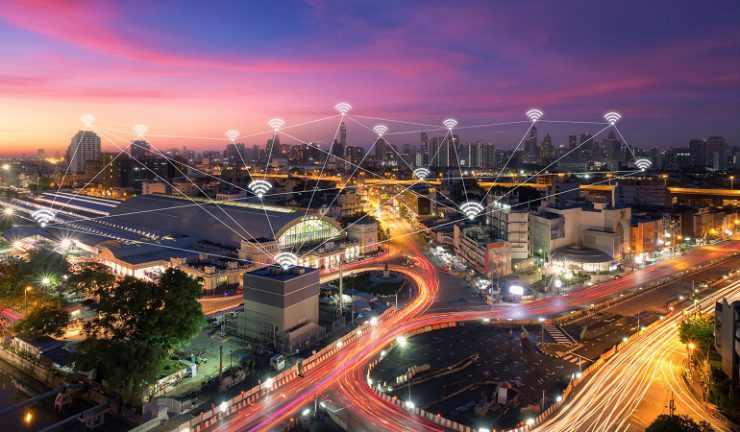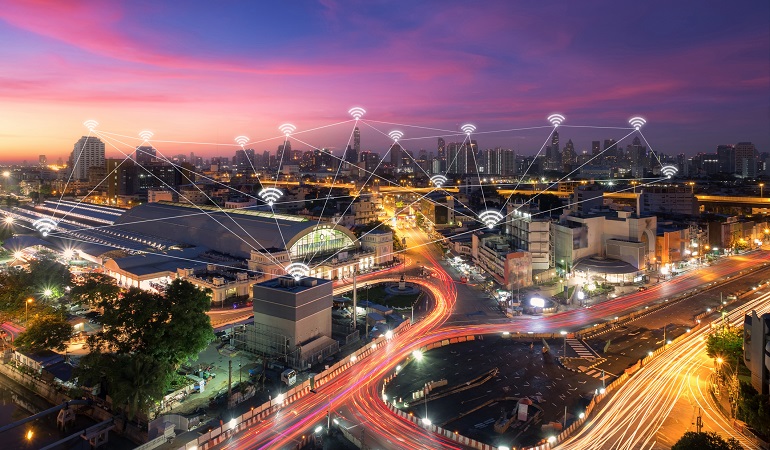Short-term pain before long-term gain.
Consumers are skeptical of the benefits of 5G as telcos struggle to build a strong business case for everyday Australians, the Deloitte Mobile Consumer Survey has revealed.
Up to 84% of survey respondents said they were not prepared to pay the $15 premium operators are proposing for 5G, indicating that the upgrade value must be better communicated to consumers.
Deloitte partner and national telecommunications lead, Peter Corbett believes 5G is a feature most people simply don’t understand.
“There was a clear business case for 4G – consumers wanted faster download speeds to stream content. For now, consumers are more focused on a reliable network, rather than a faster one, posing a real challenge for the marketing and adoption of 5G,” he said.

“Consumers should prepare to be disappointed with 5G in the short-term, as the network will experience growing pains until it is fully established which will come with small-cell deployments and the auction of mmWave in early 2021.
“We have also seen a drop in the hype consumers are experiencing with 5% fewer people looking to switch to 5G when it’s available or upon hearing good things in 2019 versus 2018. We are probably entering a period of disillusionment with the technology until it becomes clearer for consumers on how 5G will improve their day-to-day lives.”
Further, consumers are holding onto their devices for longer owning their smartphone around 3.5 years on average, up from three years in 2017. Smartphone penetration has grown from 76% to 91% over the past six years, with Australians aged over 55 based in Western Australia and Queensland the last cohort to jump on board.
“We’ve seen that premium manufacturers are still favoured, with Apple and Samsung holding 40% and 36% market share respectively. However, we may see a shift if Samsung, LG and Oppo’s early move on 5G-enabled handsets pays off,” Deloitte consulting partner, Kate Huggins said.
“It’s clear that consumers are not seeing tangible benefits of new upgrades with around 50% of consumers on a smartphone that was launched in 2016 or earlier. We are perhaps seeing Australians doubling down on accessories, with the ownership of wearables like smart watches and fitness bands on the rise, up 43% over the past five years.”

